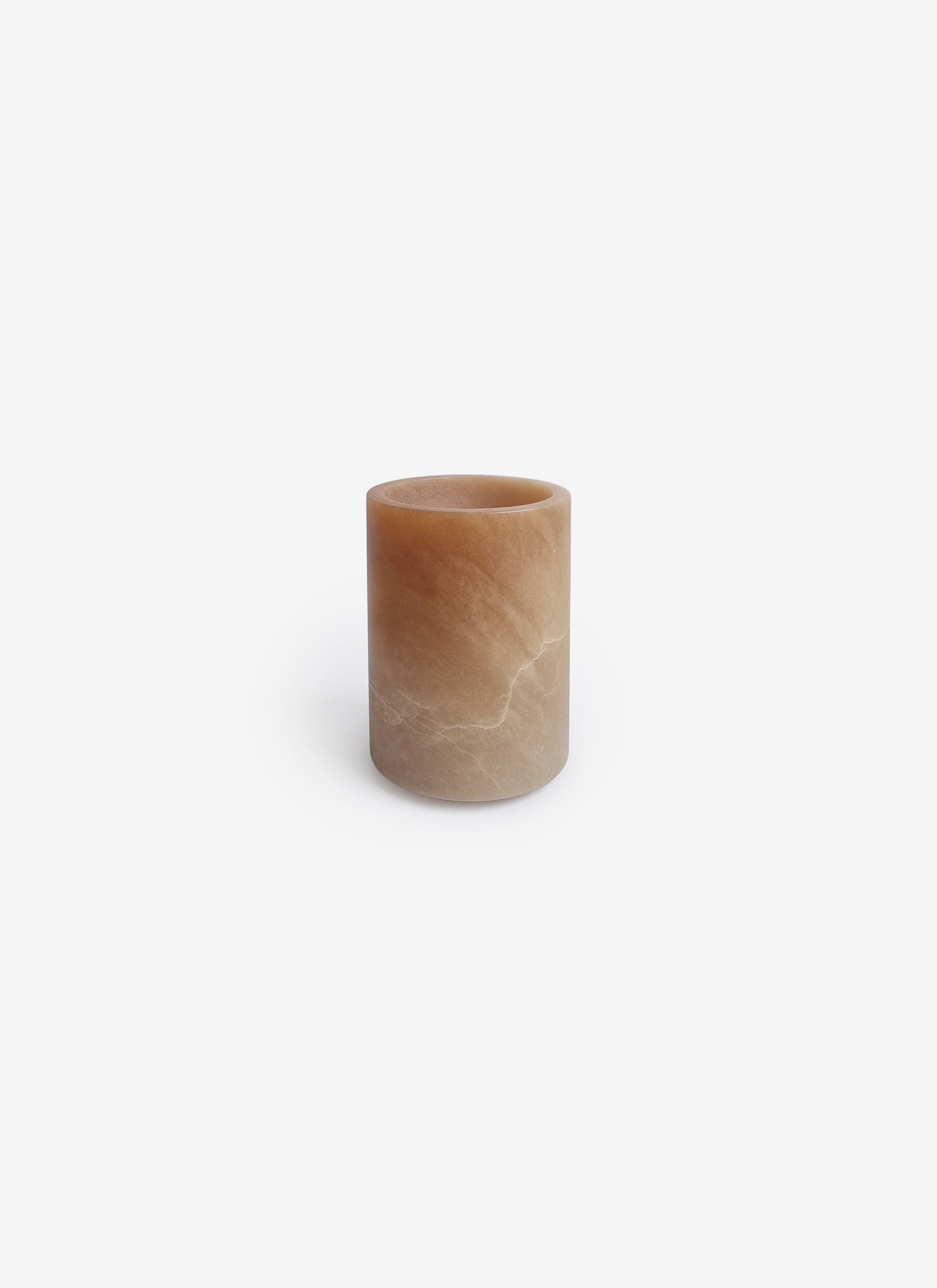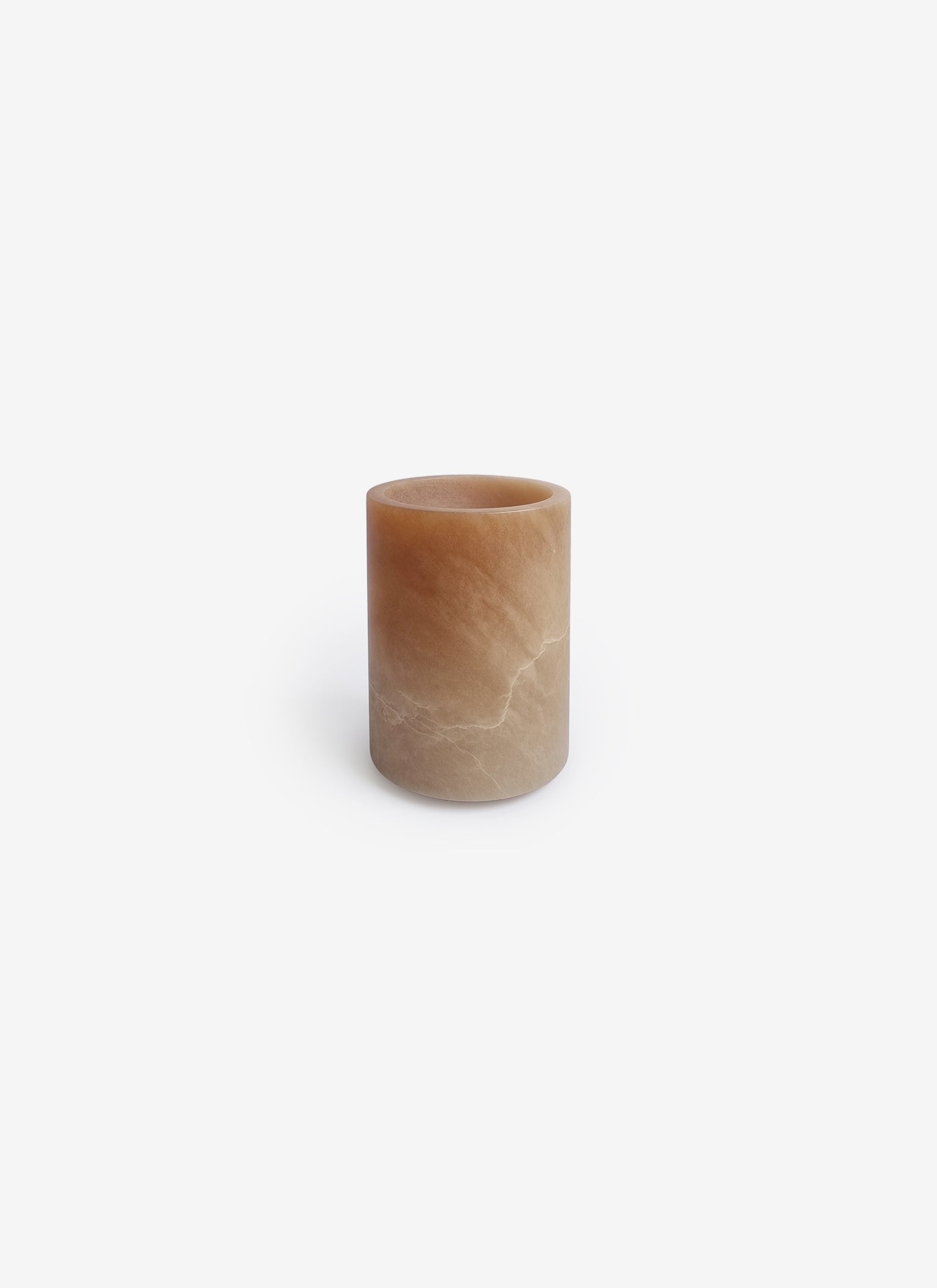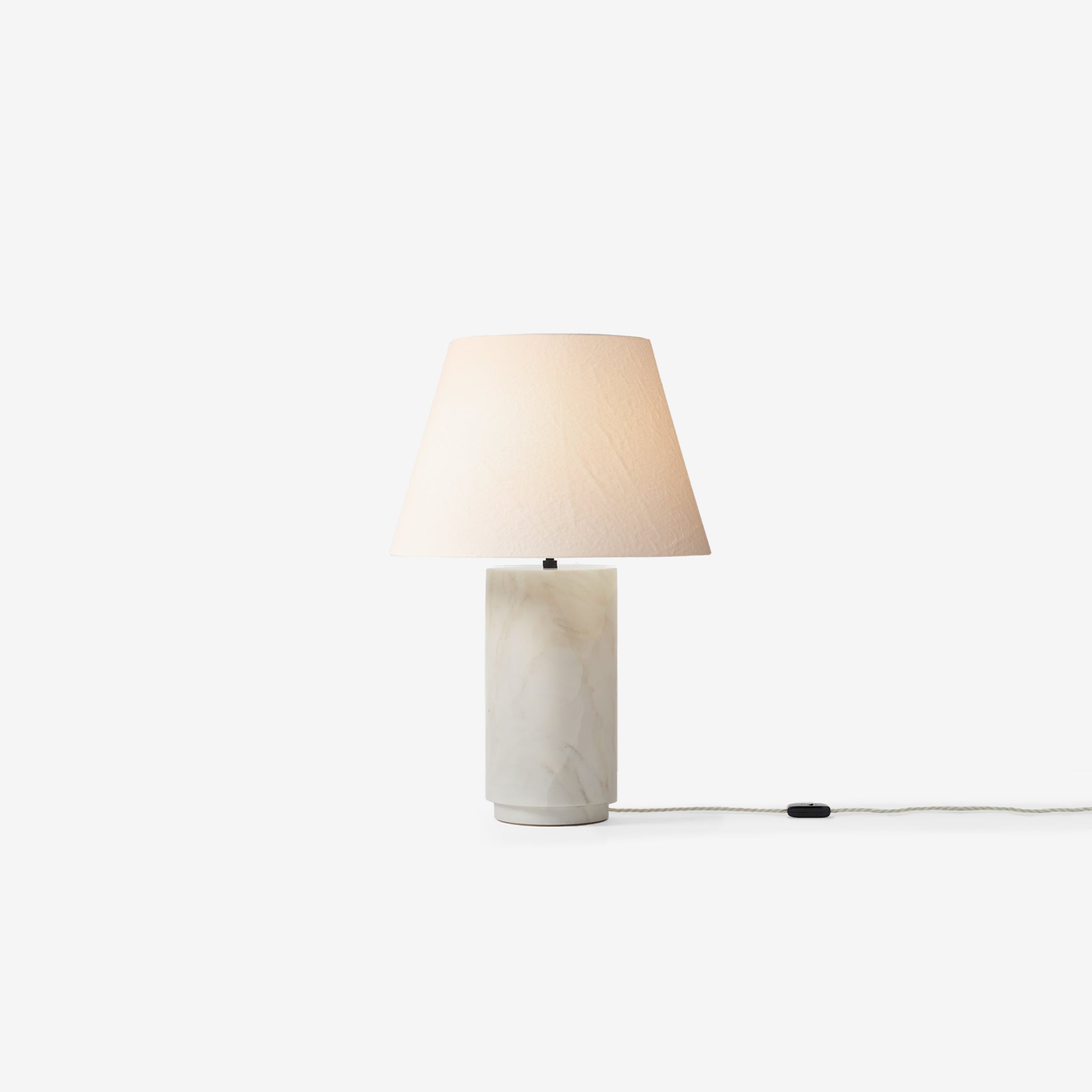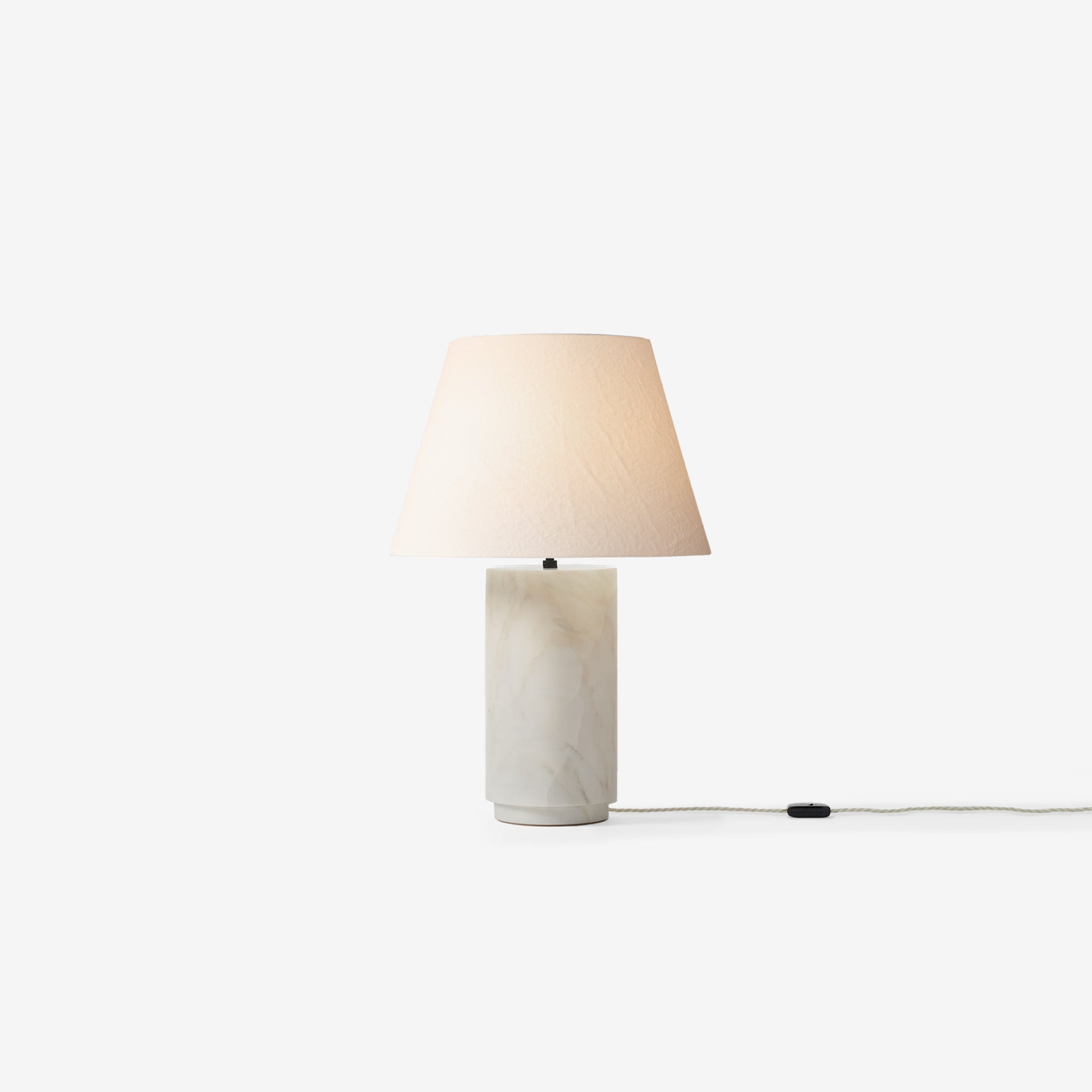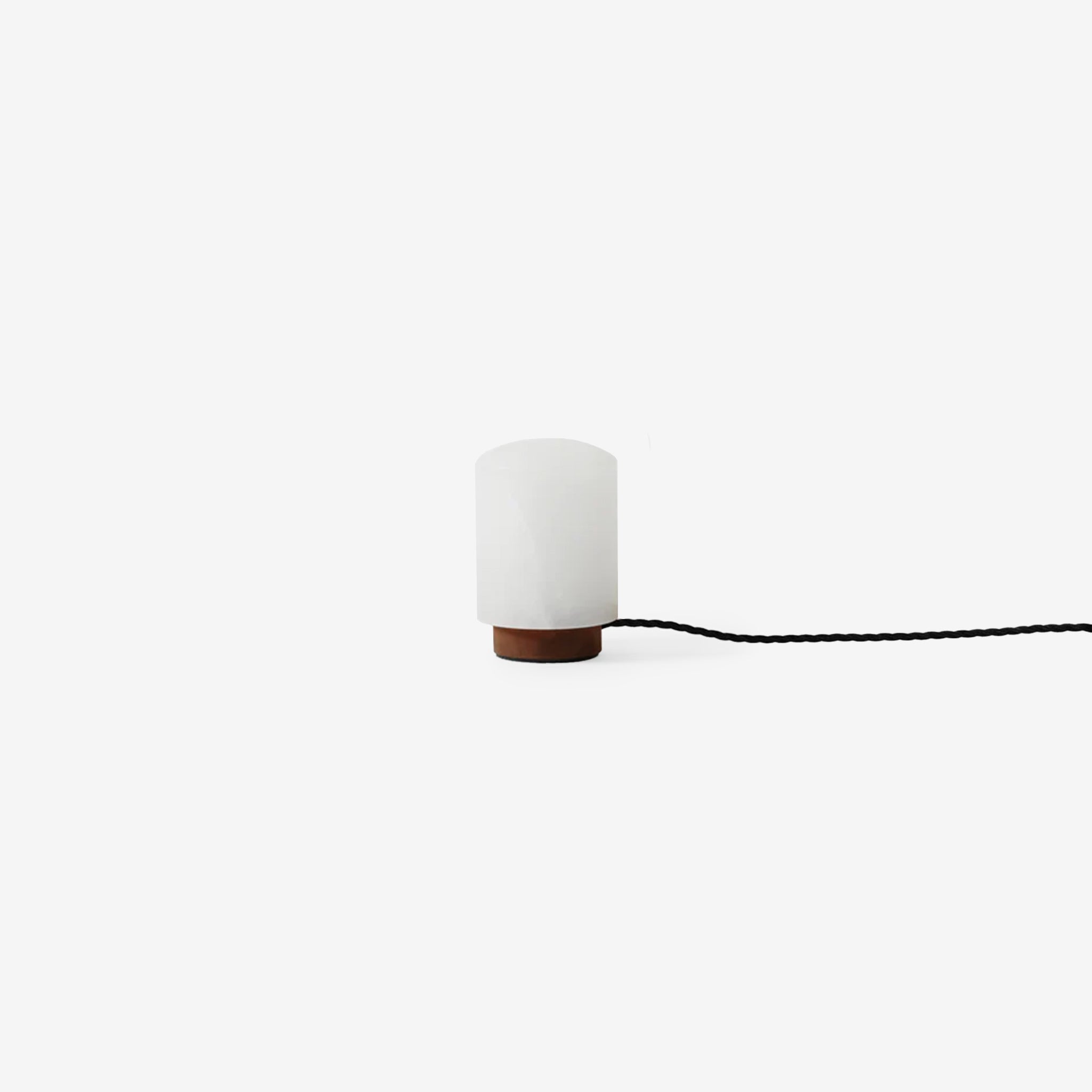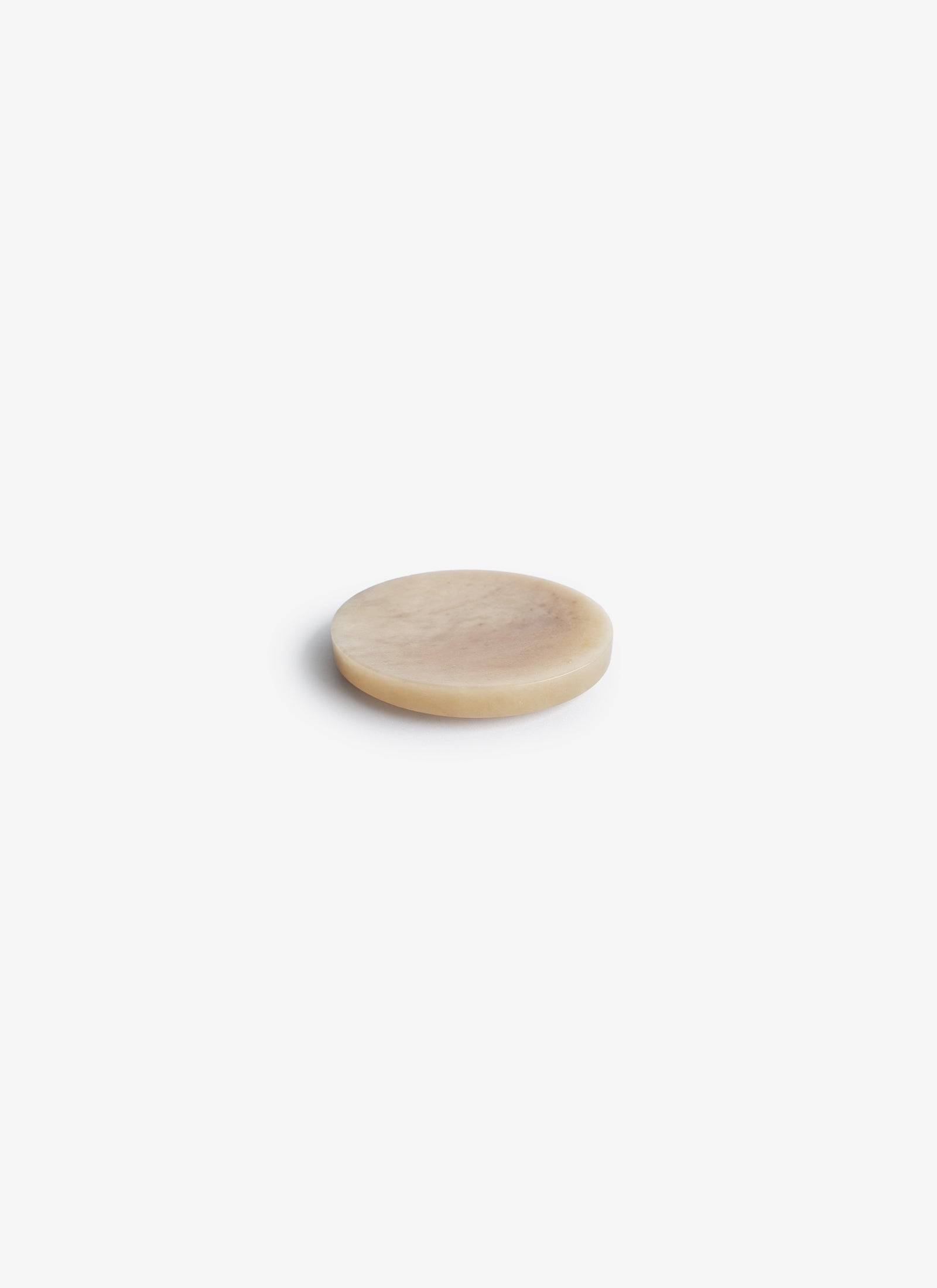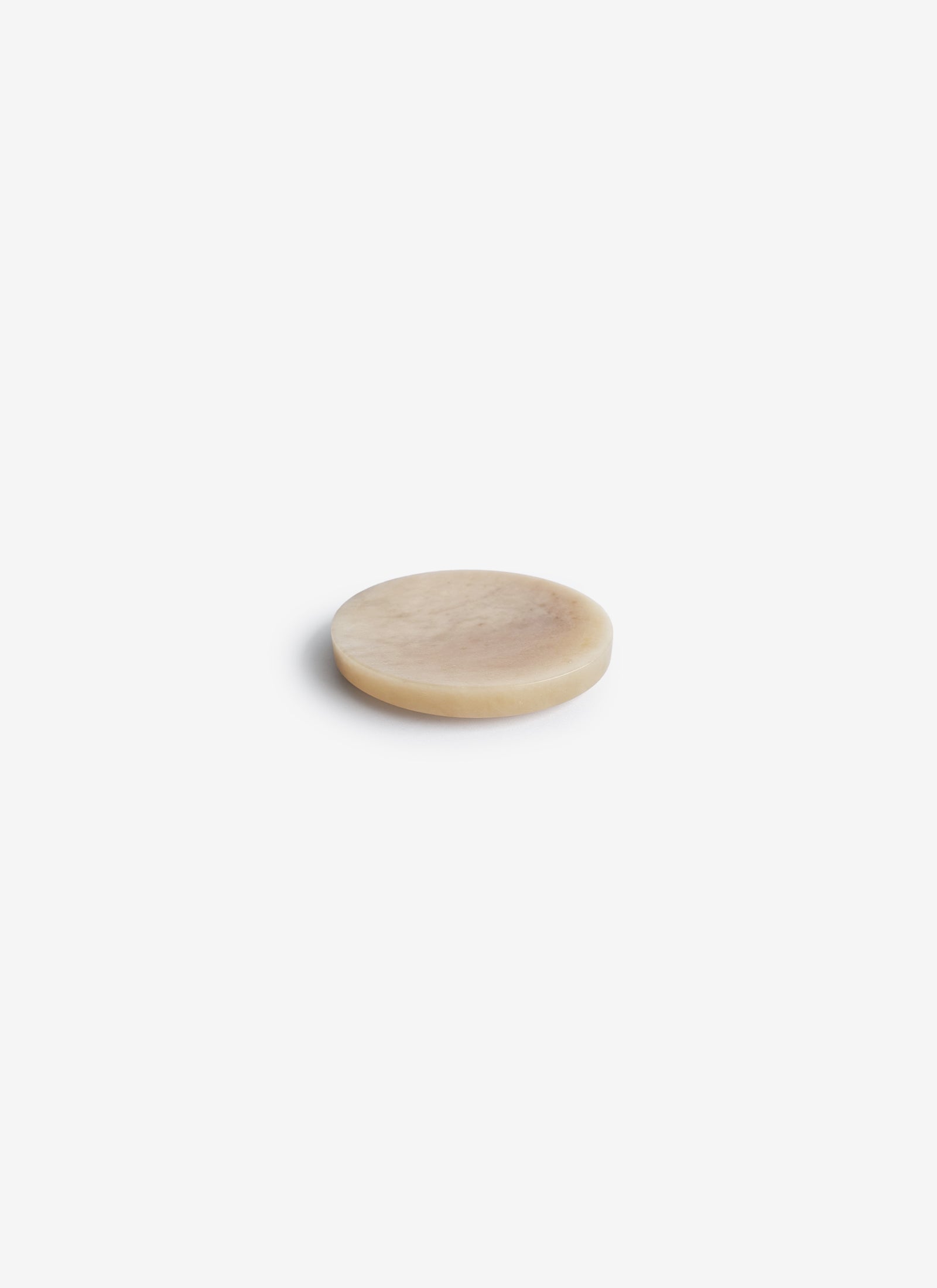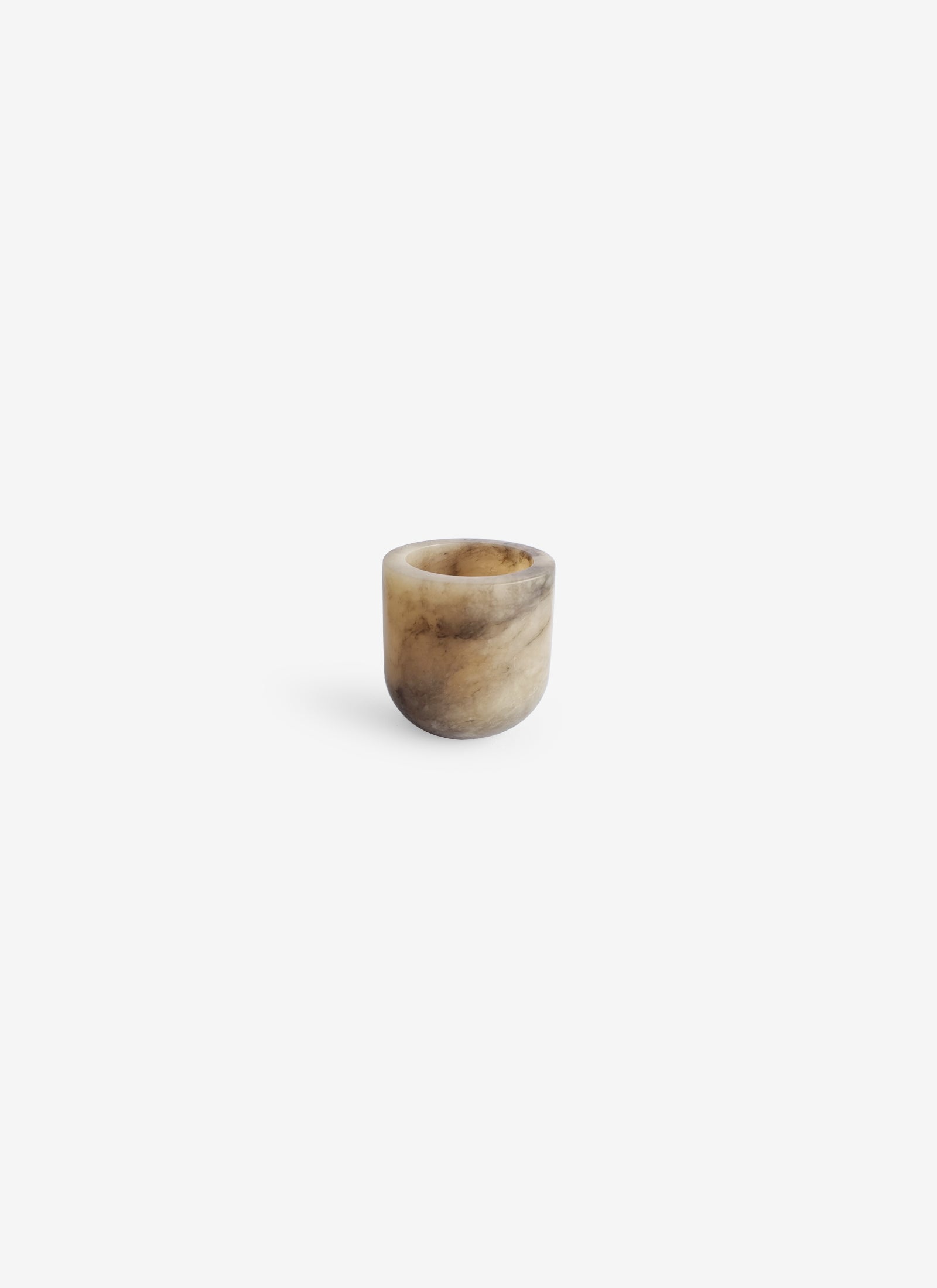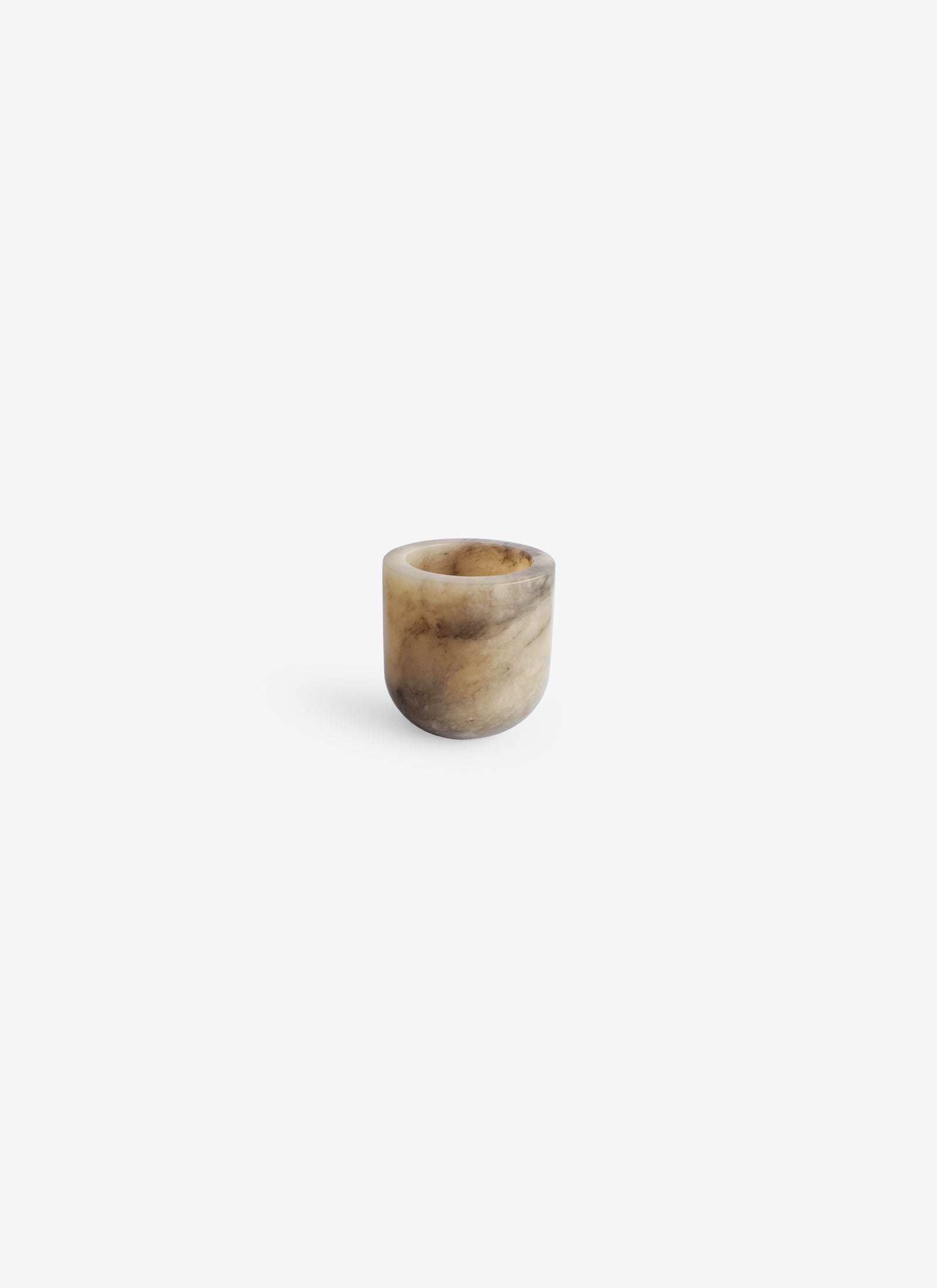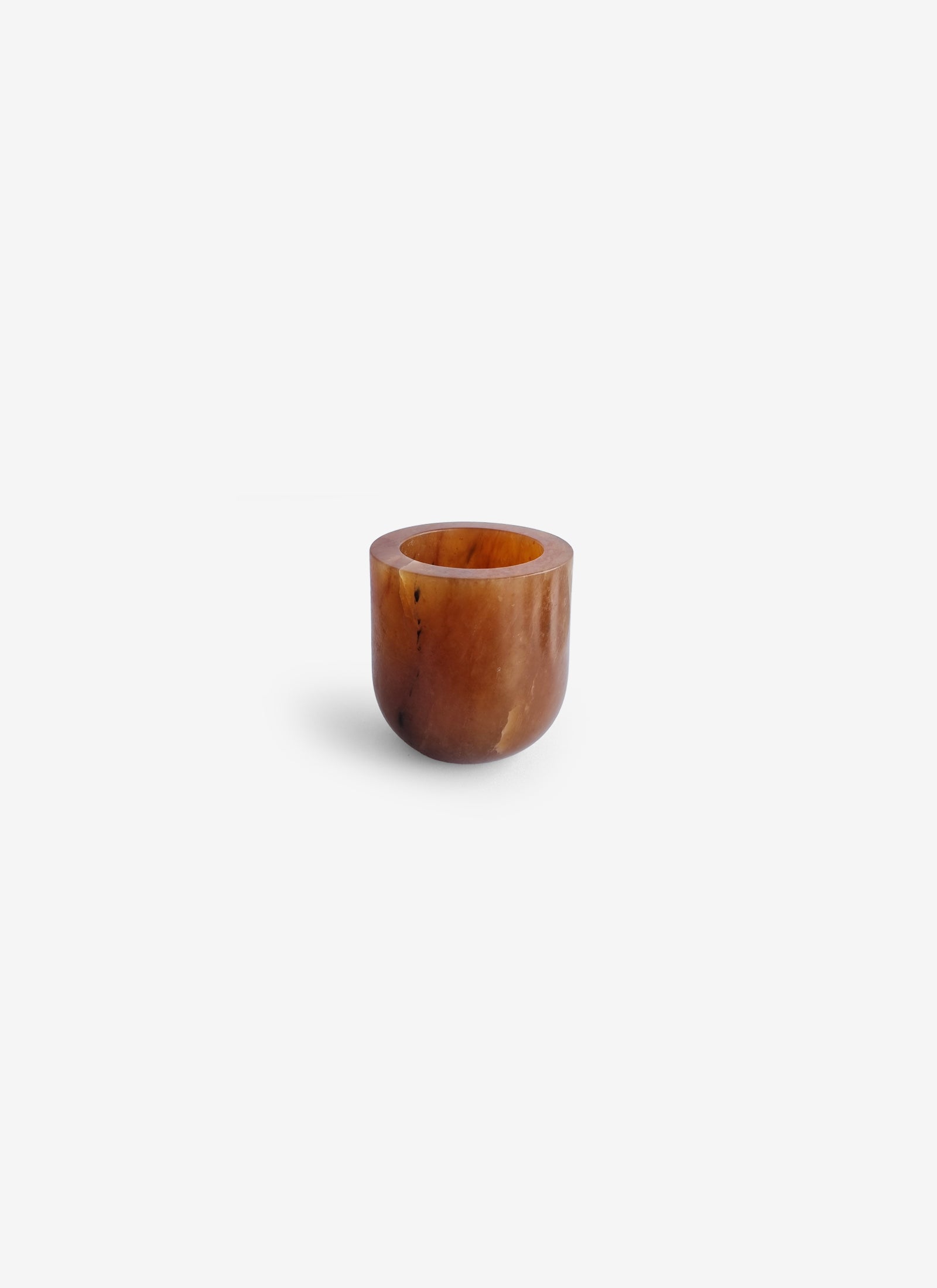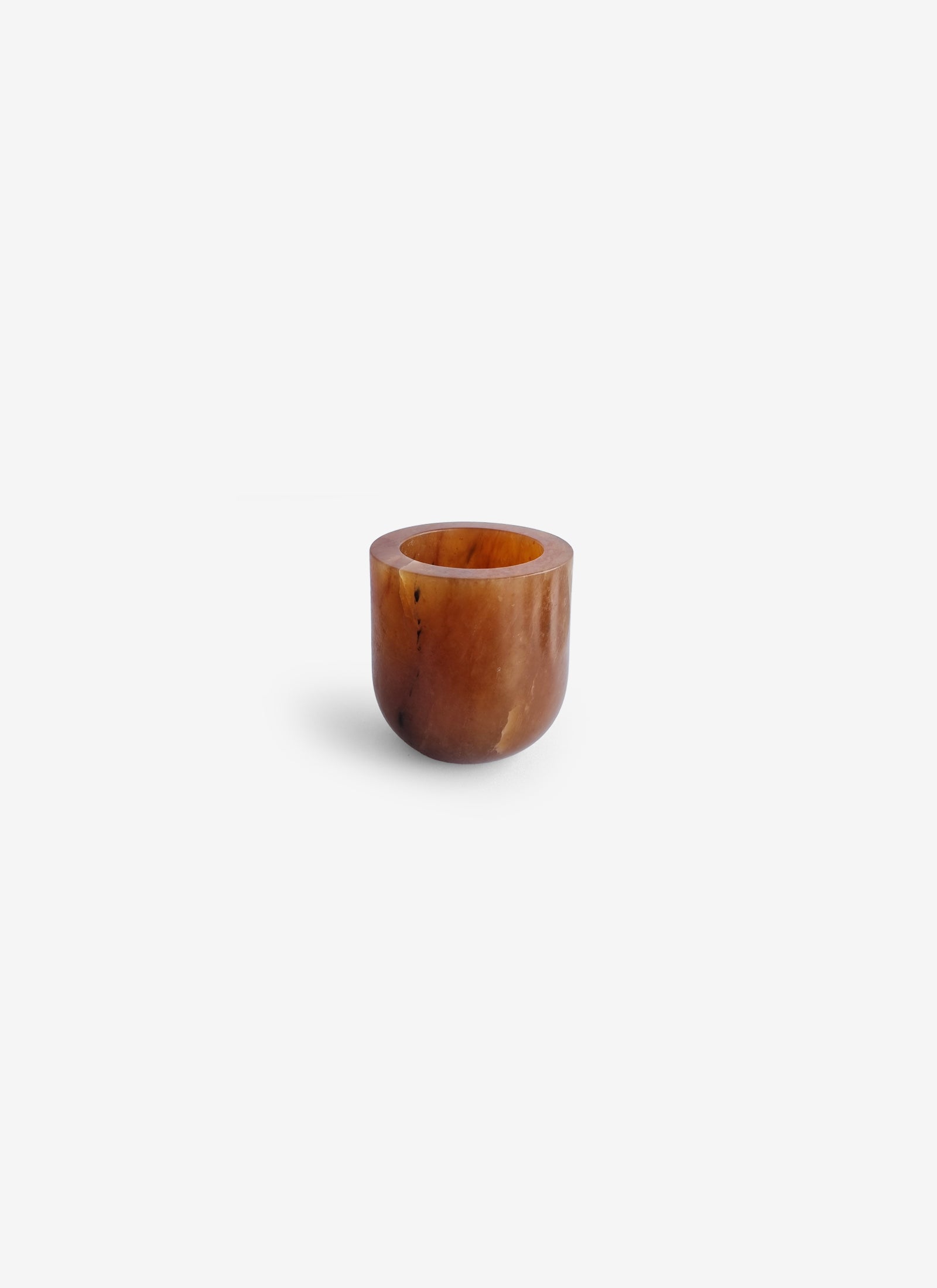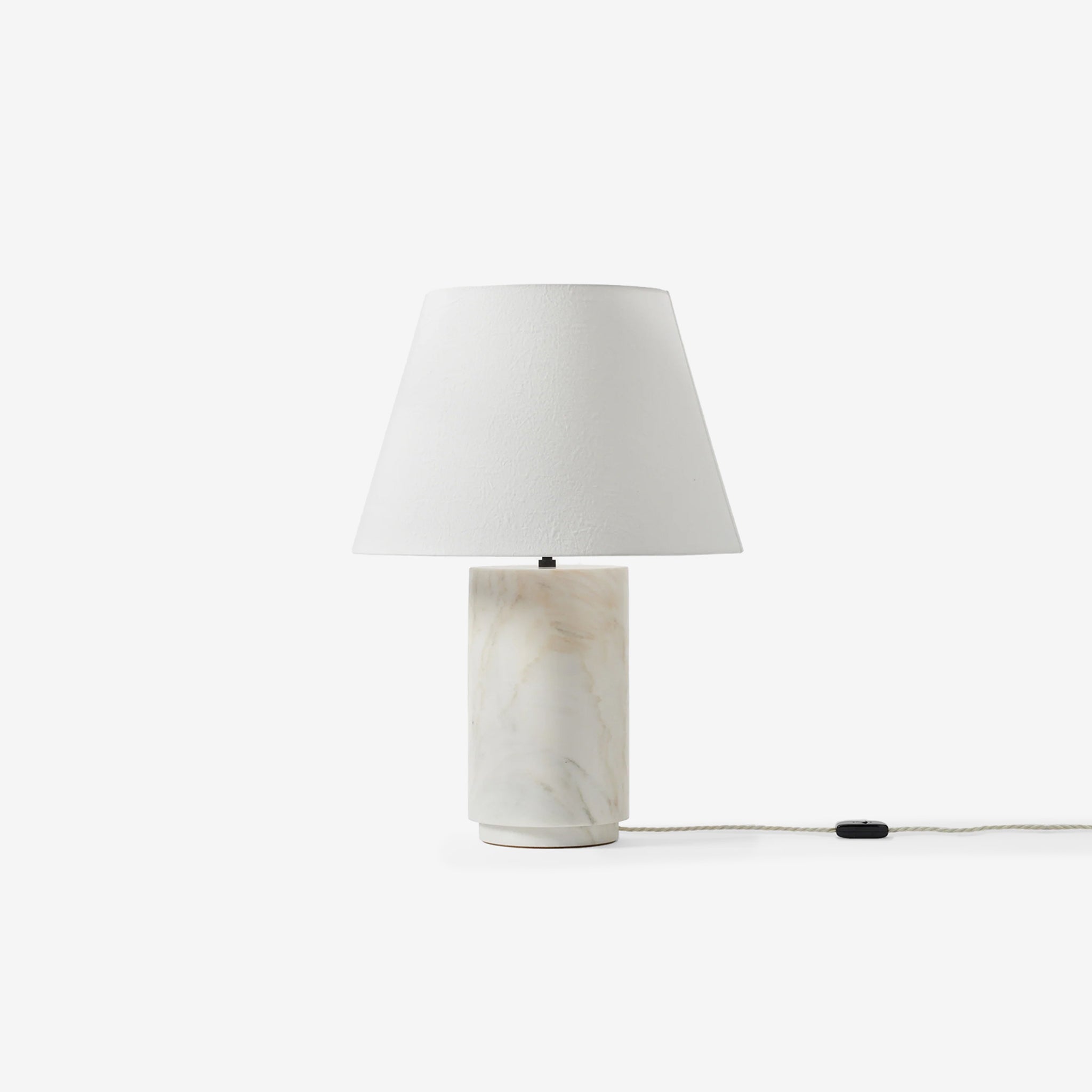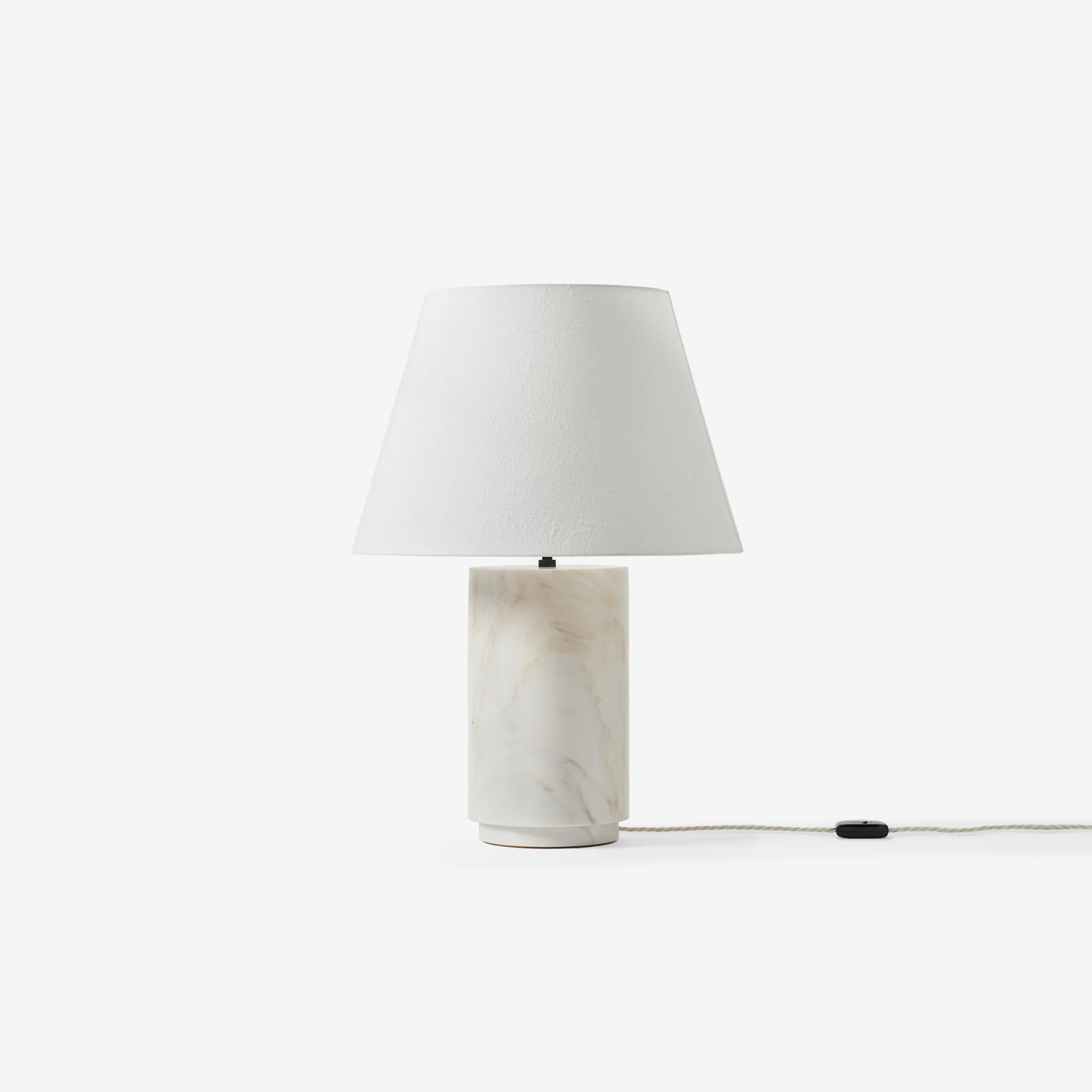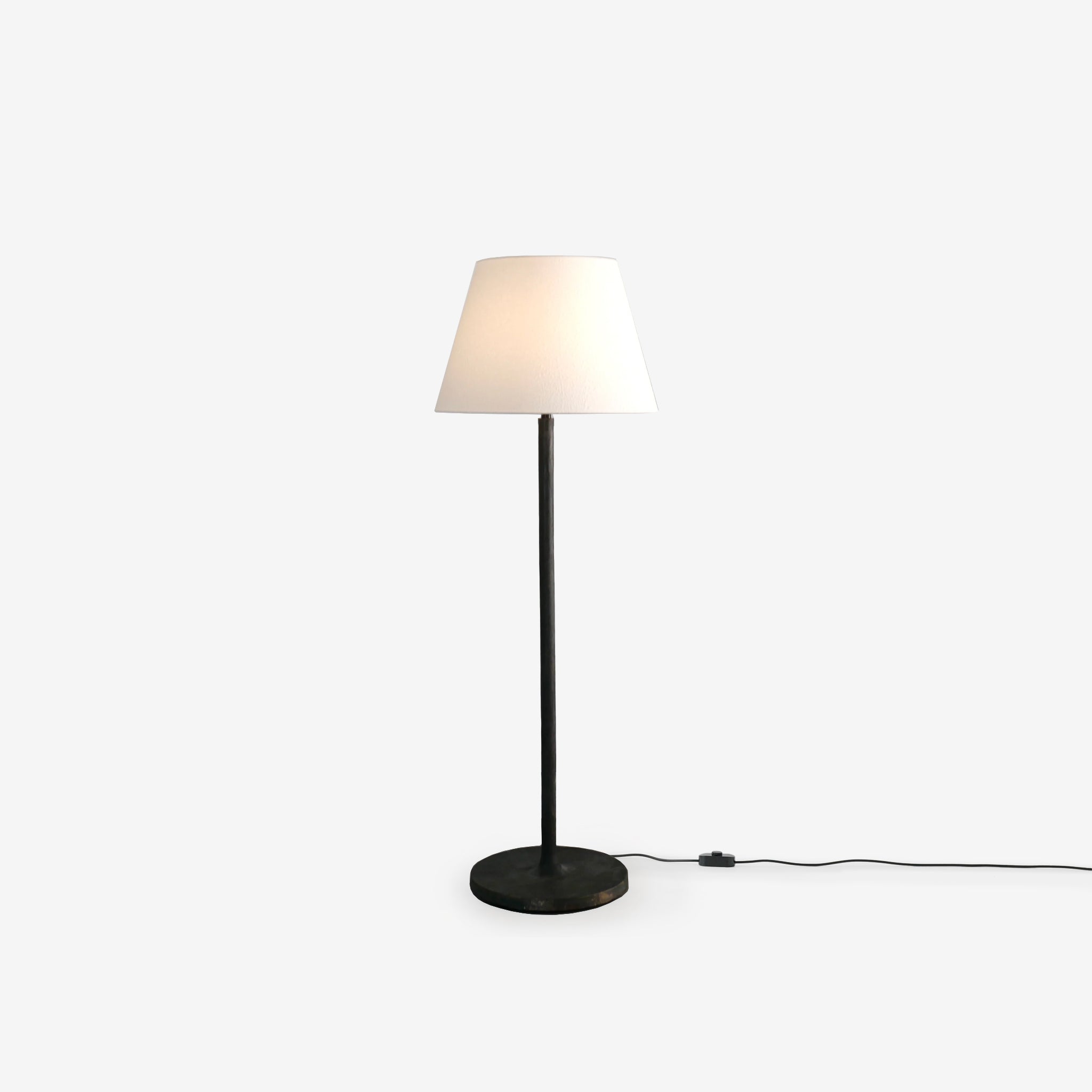In Conversation with
Michaël Verheyden
With a deep respect for craftsmanship and honest materials, Belgian designer Michaël Verheyden creates furniture and objects that carry both physical and emotional presence. Together with his wife and creative partner Saartje Vereecke, he runs a studio in Genk, Belgium, dedicated to timeless pieces that celebrate the imperfect beauty of natural materials like marble, bronze, and leather.
Michaël’s pieces are available exclusively at Simon James; we recently visited his installation at Salone del Mobile in Milan, experiencing the integrity of his larger works firsthand. In our conversation with Michaël on the Journal, he reflects on slowness, collaboration, and how inspiration comes from sketchbooks, punk rock, and balancing drama with simplicity.





